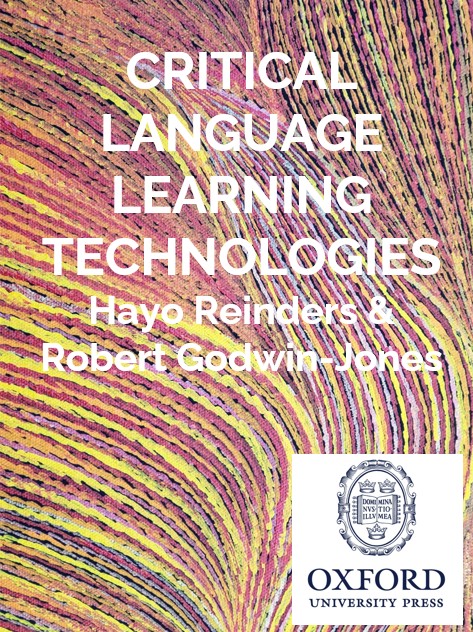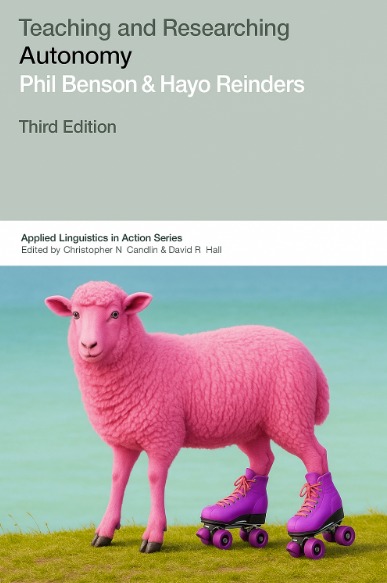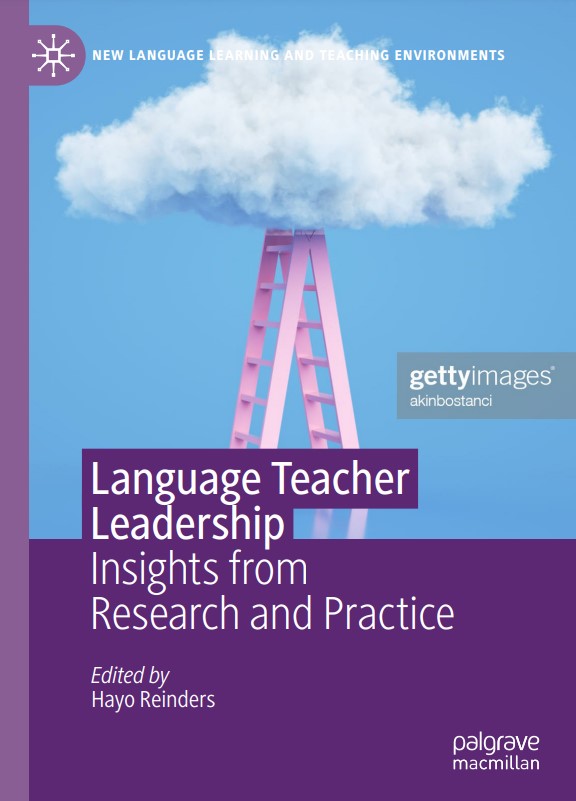On this page you will find a tool to help you identify the kinds of instruction and learning take place in your context. Simply use the slider to categorise your environment on each of the eight aspects and a description will appear at the bottom. By hovering over the terms (e.g. 'location'), you can see their meaning. This tool was recently created and is a work in progress. If you spot any errors or omissions, please contact me and let me know!
Distinguishing between different spaces and their characteristics is important for two reasons: 1) it allows us to check that we employ a suitable range of learning types, and 2) it allows us to ensure we prepare our learners so that they can benefit from the unique features of each learning space.You will notice that there are eight ways in which spaces can differ, each along a continuum. By dragging and dropping the icon for each of the eight options, the Language Slider will give you a description of the type of learning that the space offers.
The first option is ‘location’ and this ranges from physical (e.g. a traditional face-to-face classroom) to blended (a mix of face-to-face and online) to fully online. It is safe to say that the majority of remote teaching mainly (or only) differed from pre-pandemic classes in terms of where it took place.
Another element is the extent to which learning happens at the same time for all learners (synchronous, such as in group work) or whether learners carry out tasks at different times (asynchronous). A popular blend of these two is ‘flipped learning’ where learners carry out some activities in their own time, before returning to class for synchronous work. Flexiblity refers to learning taking place at fixed times (as in most schools) or at a time of choosing by the learner (such as in self-access centres). Workplace learning is often a blend between these two, with some (fixed) professional development workshops, along with drop-in (mentoring) sessions. Setting describes whether the learning takes place in an educational setting such as a university or in a private place. Although much remote teaching takes place in learners’ homes, it can also take place in semi-formal spaces such as language cafes.
Grouping considers whether learning takes place collectively, with everyone engaging in the same activities, or individually, with learners carrying out their own tasks, such as in individualised learning. Instruction considers whether there is teaching involved or whether learners direct their own learning without the help of a teacher, such as in self-directed learning. Whether teachers or learners make decisions about the learning is a matter of Control, with autonomous learners making all of their own decisions. And finally, Formality consides whether there is formal recognition for the learning (e.g. through a diploma or test score).
It will be obvious from the above that there are many ways in which learning spaces can differ beyond just their location. Changing from a physical classroom to an online environment, for example, without changing when (flexibilty) or how (grouping) learners learn, or who makes decisions about the learning (control), is -pedagogically speaking- not much different from traditional instruction.
To be clear, there are many situations in which this is appropriate and no change is needed. However, as teachers we need to understand how learning can differ in different spaces and at different times, so that we can make an informed choice about what is the best option at any given moment. Only then can we prepare ourselves and our learners for developing the skills necessary to fully benefit from different learning spaces.
Below you will see some examples of common learning spaces. The first one is 'formal/traditional classroom instruction.
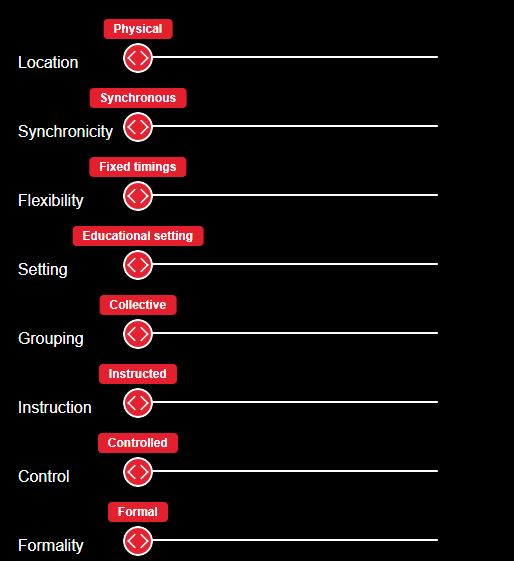
The next example is 'flipped learning'.
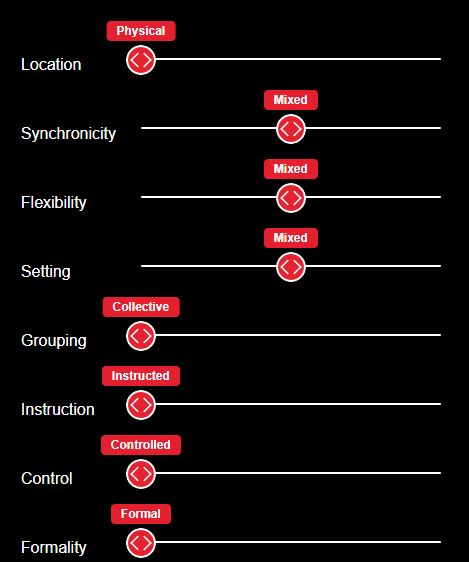
The next one is 'hybrid' learning, or the situation where some learners are in class face-to-face and others are online

The next one is self-access learning.

And the final one is autonomous learning.

